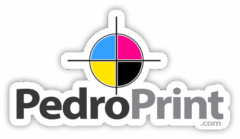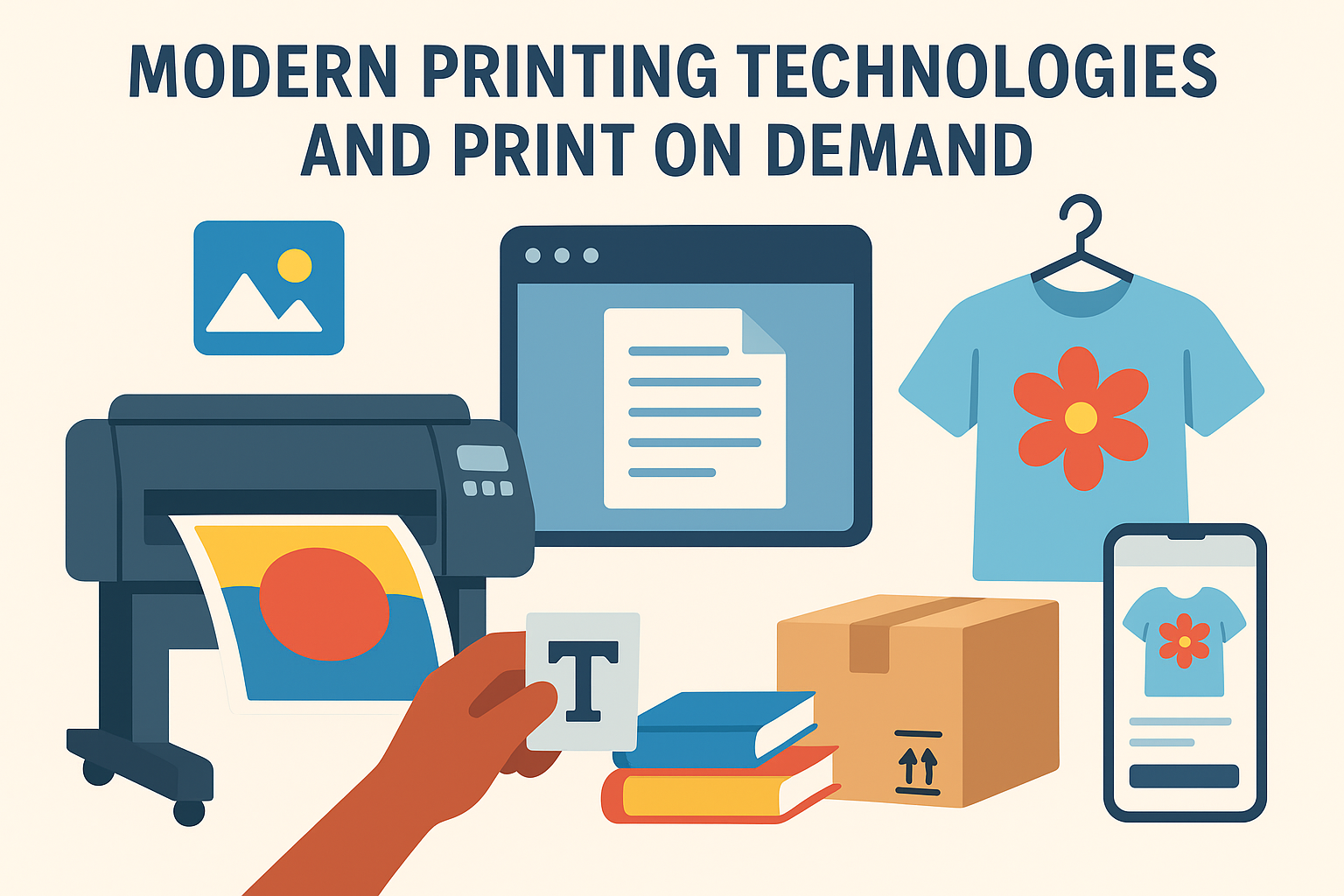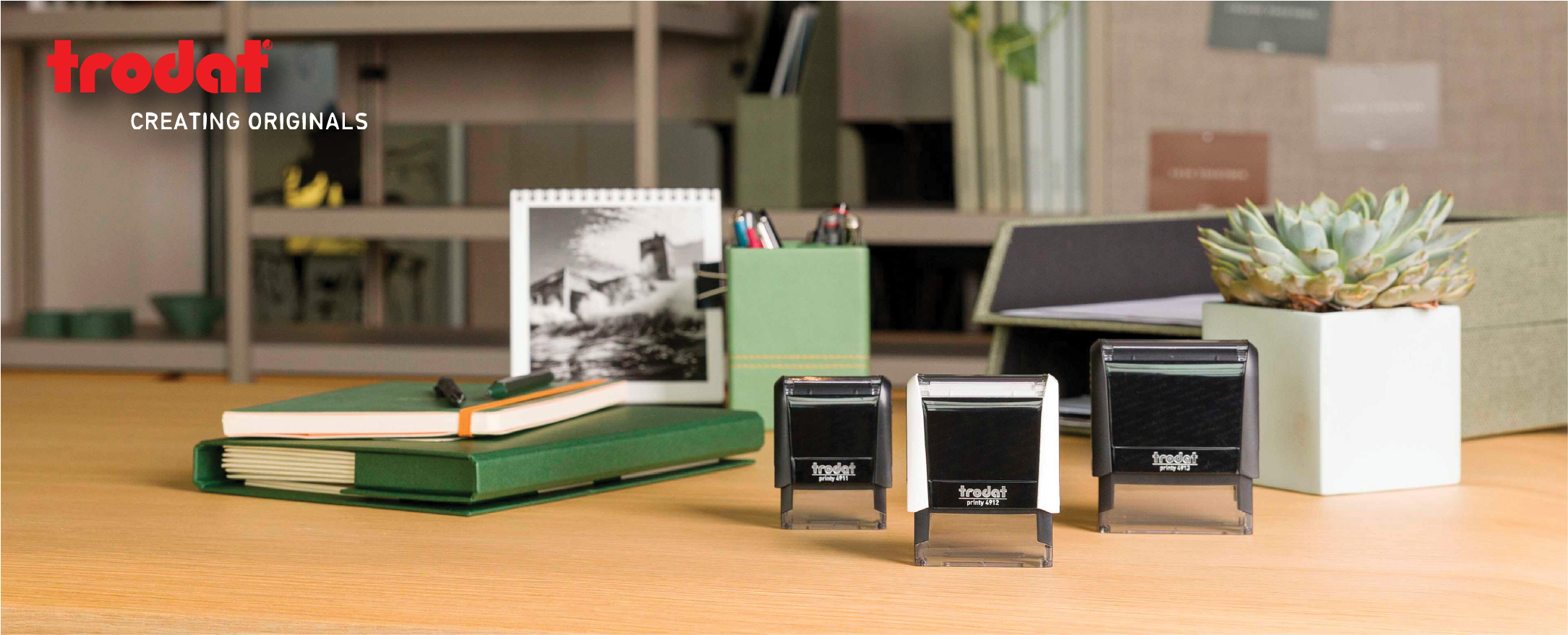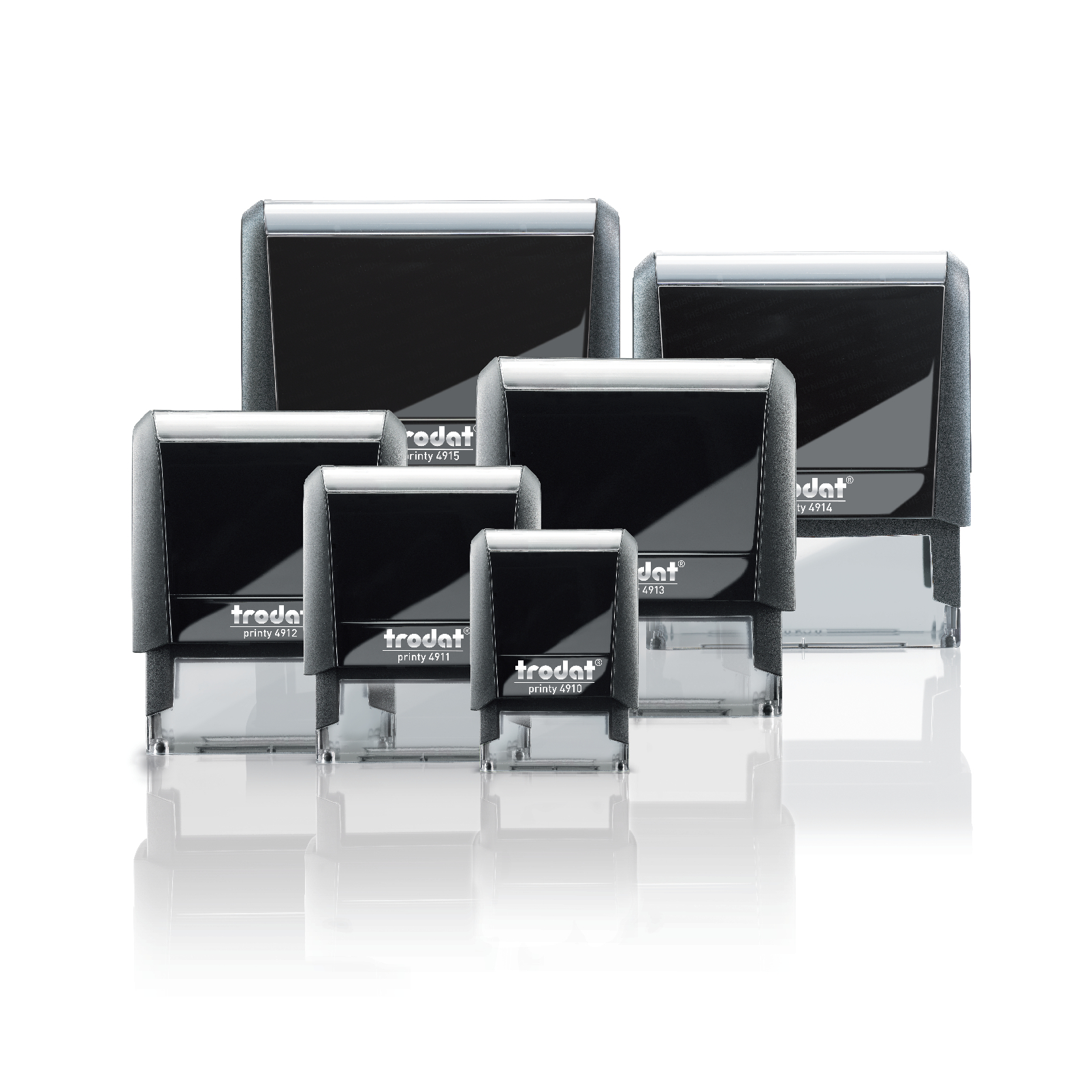Modern Printing Technologies and the Rise of Print on Demand
Printing has evolved far beyond ink on paper. From the days of movable type presses to today’s fully digital workflows, the industry has undergone a technological revolution that is transforming how products are designed, produced, and delivered. Among the most influential developments are modern digital printing systems and the rapidly growing print-on-demand (POD) model.
From Offset to Digital: A Shift in Speed and Flexibility
For much of the 20th century, offset lithography dominated commercial printing. It remains ideal for high-volume projects, offering exceptional color accuracy and low per-unit costs at scale. But offset presses require time-consuming setup and plate creation, making short runs expensive and slow.
Enter digital printing. Technologies like laser and inkjet printing have eliminated the need for plates entirely. Digital presses can print directly from a computer file, meaning:
- Short runs become affordable. Whether you need 10 brochures or 10,000, digital printing scales effortlessly.
- Rapid turnaround. Files can go from design to finished product in hours, not days.
- Mass customization. Each print can be personalized—unique names, codes, or images—without slowing production.
Advances such as high-resolution inkjet heads, improved color management, and faster data processing have made digital output rival traditional offset quality. Large-format digital printers now produce vibrant posters, banners, and packaging prototypes with photographic precision.
Print on Demand: The Business Model of Now
These digital breakthroughs laid the groundwork for print on demand, a fulfillment model where products are printed only after an order is placed. This is changing how entrepreneurs, publishers, and brands operate:
- Zero inventory risk. No warehouses full of unsold books, shirts, or art prints.
- Global reach. POD services can produce and ship locally in different regions, cutting costs and delivery times.
- Creative freedom. Designers can test new ideas quickly without committing to bulk production.
Books are the classic POD success story—self-publishing platforms let authors sell titles worldwide without ever printing a single copy in advance. But the model has expanded to apparel, home décor, posters, packaging, and promotional merchandise. Services like Printful, Gelato, and Amazon’s KDP allow creators to connect their online stores directly to print facilities, automating production and delivery.
Emerging Frontiers in Printing
Printing technology continues to evolve beyond paper and textiles:
- UV-cured printing allows vibrant designs on glass, metal, plastic, and wood.
- 3D printing (additive manufacturing) builds objects layer by layer—an entirely new paradigm for producing prototypes, tools, and custom goods.
- Sustainable printing practices use soy-based inks, recycled papers, and energy-efficient equipment to meet growing environmental expectations.
The Future Looks Personalized
The common thread running through these innovations is flexibility. Whether it’s a limited-edition art print, a personalized T-shirt, or a niche book title, printing no longer forces creators to compromise between quality, speed, and cost. With digital and on-demand production, products are made when they’re wanted, in the quantity required, and customized for each buyer.
Printing may be one of humanity’s oldest technologies, but it’s proving to be one of the most adaptable—ready for a world that values creativity, speed, and sustainability.




